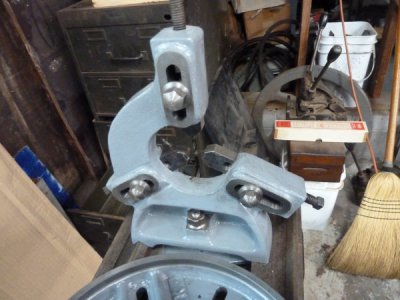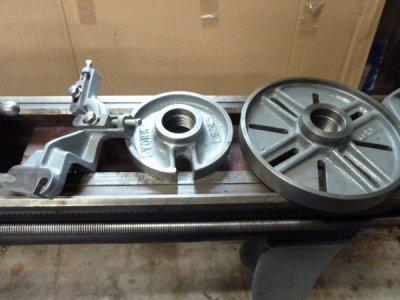- Joined
- Mar 26, 2018
- Messages
- 8,407
Holy Cow, that's great to have the specs. I had no idea there was a taper in the spindle. I have work to do.
I have been so busy with building up my equipment, making obvious cleaning, adjusting, repairs to this old equipment I have not had much operating time. That is going to change soon.
Thank you!!
I have been so busy with building up my equipment, making obvious cleaning, adjusting, repairs to this old equipment I have not had much operating time. That is going to change soon.
Thank you!!



